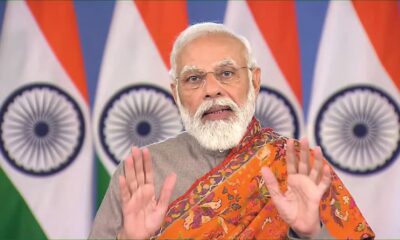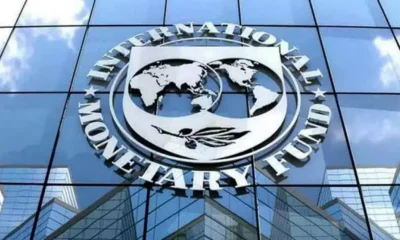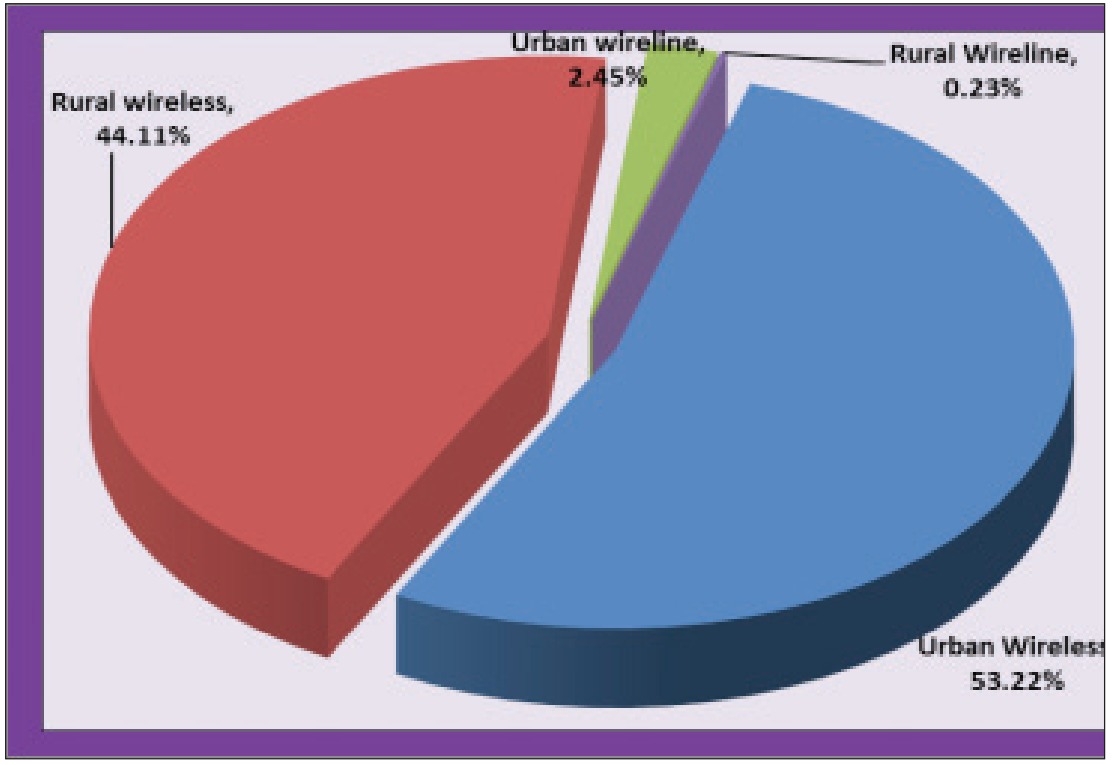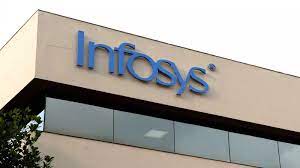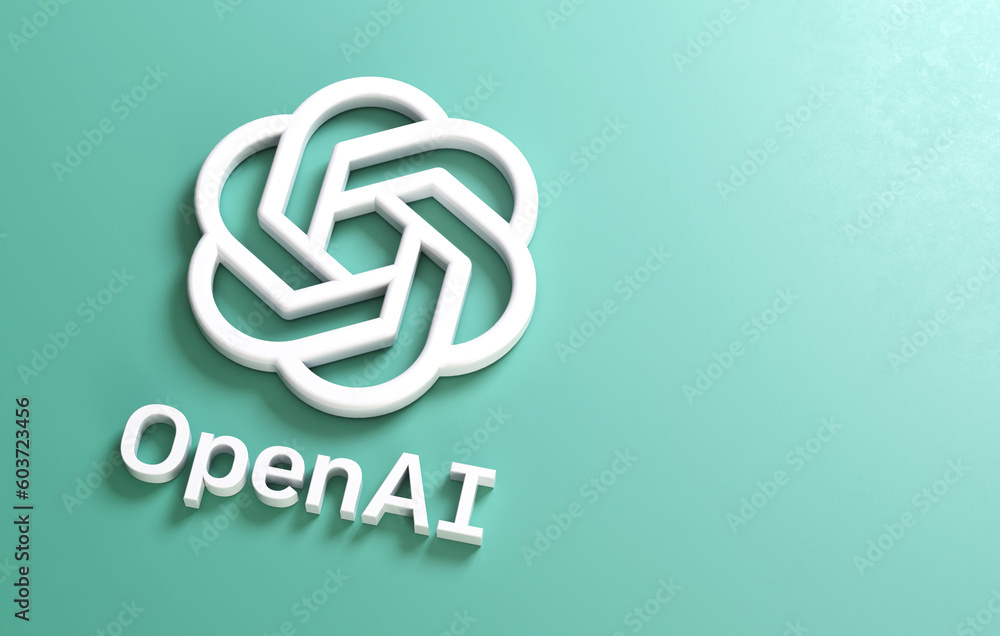Tech
PM Modi Highlights AI Risks, Stresses Tech’s Role in Key Sectors in Talks with Bill Gates

The Daily Guardian is now on Telegram. Click here to join our channel (@thedailyguardian) and stay updated with the latest headlines.
For the latest news Download The Daily Guardian App.
Tech
India’s Internet subscribers grow 1.96 % to 936.16 mn between Q3 to Q4 FY24
Business
Apple plans to hire 500,000+ employees in India by 2027
Tech
Kerala to train 80,000 secondary school teachers in AI
Tech
AI under the microscope, CCI probes impact on competition and innovation
Business
Infosys Acquires German firm in-tech in 450M Euro All-Cash deal
Tech
OpenAI Establishes India Presence with Government Relations Head
-

 Opinion2 years ago
Opinion2 years agoPakistan-China nexus trying to sow doubts in Indian society about governance systems
-

 Fashion7 years ago
Fashion7 years agoThese ’90s fashion trends are making a comeback in 2017
-

 Entertainment7 years ago
Entertainment7 years agoThe old and New Edition cast comes together to perform
-

 Entertainment7 years ago
Entertainment7 years agoThe final 6 ‘Game of Thrones’ episodes might feel like a full season
-

 Opinion2 years ago
Opinion2 years agoEnvironment day with a missing spring and lost souls
-

 Business News2 years ago
Business News2 years agoIndia Becomes World’s 5th Biggest Economy
-

 Policy&Politics2 years ago
Policy&Politics2 years agoA successful SME must understand his 5 wives
-

 Business News2 years ago
Business News2 years ago‘75K STARTUPS DEFINE THE POWER OF INNOVATION’

